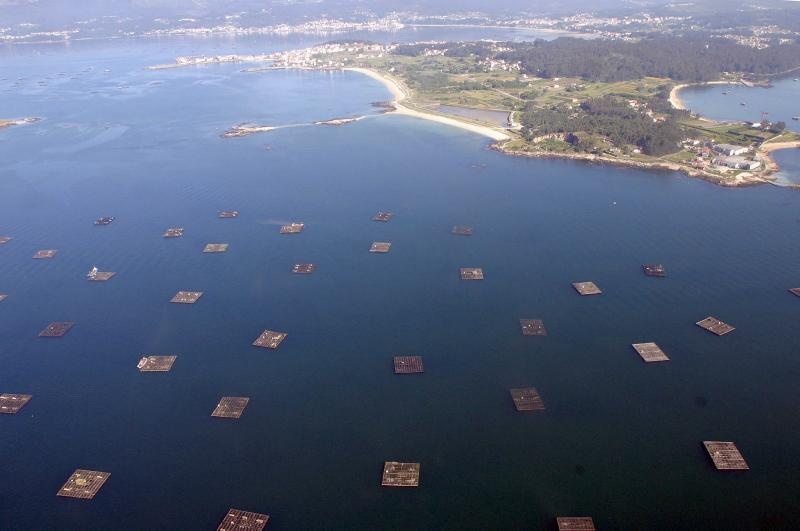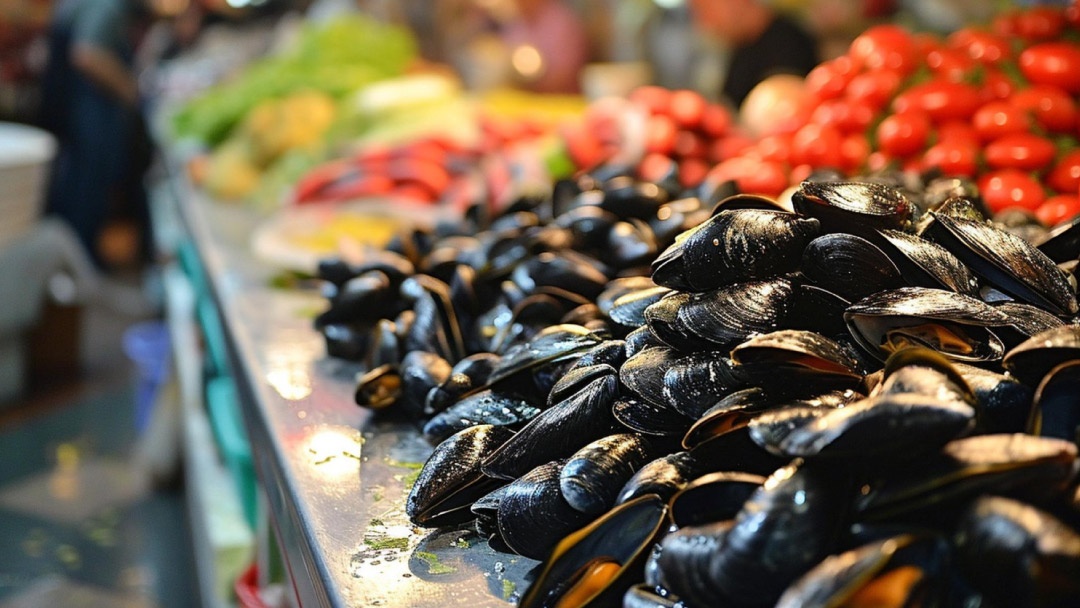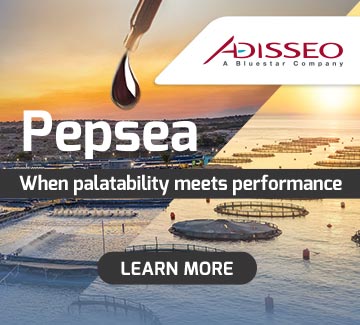
For the past half-century, Galicia in Spain has been the mussel capital of Europe, its nutrient-rich estuaries producing some of the finest Mytilus galloprovincialis. However, in recent years, the Spanish region has faced a unexpected challenger-Chile-with has swiftly risen to become a global powerhouse in mussel aquaculture. With shifting climate patterns, economic pressures, and evolving consumer habits, the fight for dominance in the mussel market is intensifying.
While Galicia’s mussel farms have long supplied European markets, Chile has emerged as a formidable competitor, particularly in the frozen and processed mussel sector. Over the past two decades, Chile’s chorito (Mytilus chilensis) production has soared from 24,000 tonnes in 2000 to over 428,000 tonnes ni 2022, marking a 1,683% increase. This dramatic surge has positioned Chile as the world’s second-largest mussel producer, surpassing Spain in export volume. Today, over 90% of Chile’s mussels are exported, with 47% destined for the European market, directly challenging Galicia.
Chile’s advantage lies in lower production costs, with large-scale mussel farming significantly cheaper than in Europe. The average cost of production in Galicia is around €1.18 per kilogram, whereas in Chile, it can be as low as €0.69 per kilogram. Chile’s aquaculture sector has also benefitted from government subsidies and investment incentives, fueling rapid expansion.
Moreover, Chilean producers have aggressively targeted Asian and North American markets, securing contracts with major distributors and restaurant chain, whereas Galicia remains heavily reliant on the European market, where 85% of its exports are consumed.
In contrast, Galicia’s mussel industry is at a crossroad. Once a dominant force in global aquaculture, it is now grappling with a perfect storm of challenges. Rising sea temperatures and shifting upwelling patterns are disrupting the delicate marine ecosystem, leading to increased mussel mortality rates and declining yields. In 2023 alone, Galicia’s mussel production dropped to 175,000 tonnes, significantly below the century’s average of 212,000 tonnes per year. Pollution and invasive species are further threatening both the industry’s sustainability and economic future. At the same time, an ageing workforce is exacerbating concerns over the sector’s long-term prospects, with the average mussel farmer now over 55 years old, and less than 15% of new entrants under 35.
Market pressures add another layer of difficulty. While Galician mussels are renowned for their quality, they struggle to compete with cheaper, mass-produced Chilean mussels in the processed and frozen markets. While fresh Galician mussels can fetch up to €3.45 per kilogram in premium markets, frozen Chilean mussels are sold for as little as €1.48 per kilogram, making the more attractive to industrial buyers.
Quality vs. Quantity: Galicia’s Battle for Mussel Market Supremacy

Despite these obstacles, Galicia still holds a key advantage-its reputation for quality. Galicia mussels are widely regarded as superior in taste, texture, and nutritional value, commanding a premium in the global seafood market. Unlike Chilean mussels, which are largely frozen and processed for mass consumption, Galician mussels are seen as a gourmet product. To counter Chile’s rising dominance, Galician producers are focusing on product differentiation, highlighting their Denomination of Origin certification, sustainability credentials, and traditional farming techniques.
There is also a push to promote the health of benefits of mussels, showcasing their richness in Omega-3 fatty acids, bioactive compounds, and proteins. Efforts are underway to expand beyond Europe, with growing interest in Asia and North America, where demand for sustainability sourced seafood is increasing.
The fight for dominance the mussel market is far from over. While Chile has taken the lead in terms of volume and prices competitiveness, Galicia’s strength in the premium segment remains a major asset.
The real test will be whether Galician producers can adapt swiftly enough to shifting market demands and environmental challenges. The future of this global mussel rivalry will likely hinge on who can innovate faster-whether through improved sustainability measures, entry into emerging markets, or the adoption of cutting-edge aquaculture techniques. If Galicia can evolve beyond its traditional model and embrace a more forward-thinking approach, it may well reclaim its position as the undisrupted leader in mussel aquaculture.


